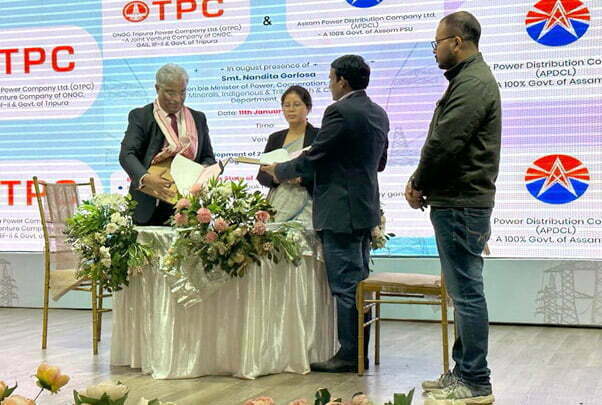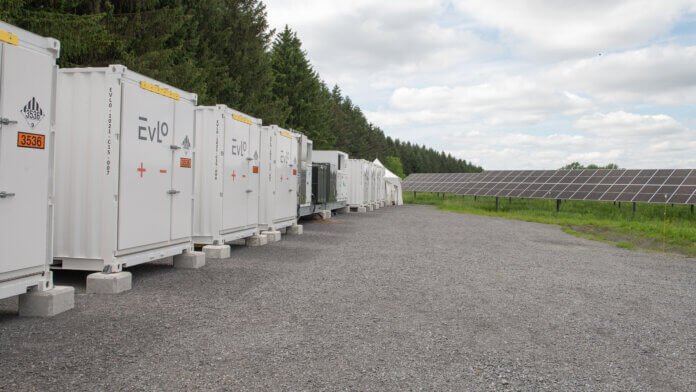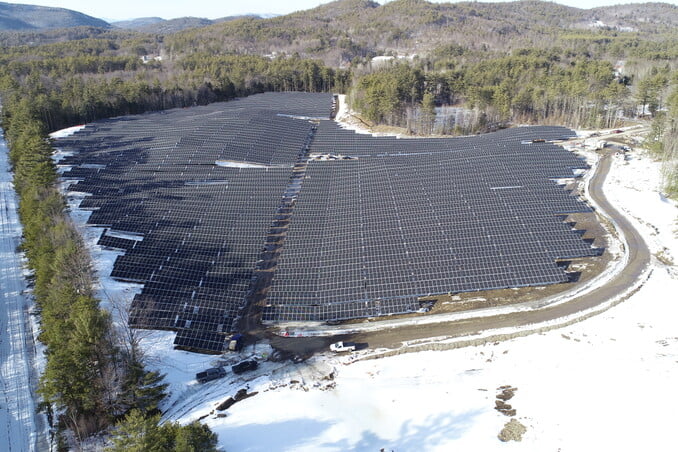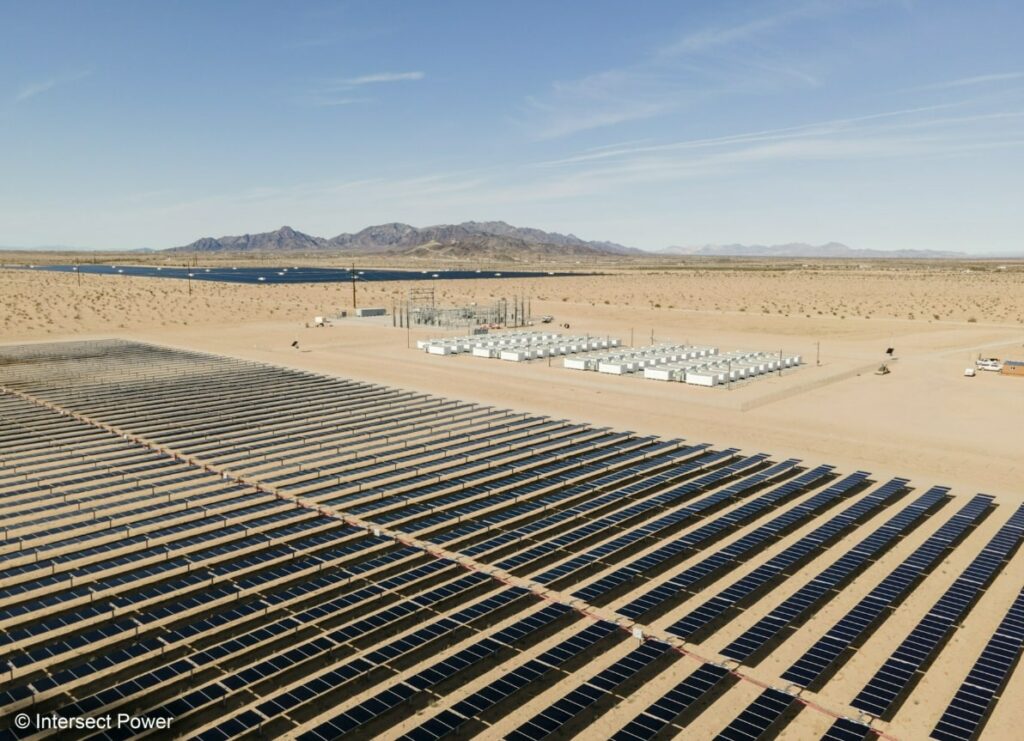Computer-generated image of Hydrostor’s 4GWh Willow Rock project in California. Image: Hydrostor.
Compressed air is stored in hard rock caverns dug deep underground. Image: Hydrostor.
The project will be built in California’s Kern County. Image: Hydrostor
Advanced compressed air energy storage (A-CAES) company Hydrostor has signed a power purchase agreement (PPA) for one of its flagship large-scale projects in California.
Central Coast Community Energy, one of California’s several dozen Community Choice Aggregator (CCA) non-profit energy suppliers, has signed a 200MW/1,600MWh energy storage PPA with a 25-year term with Toronto-headquartered Hydrostor for its Willow Rock Energy Storage Center.
That’s just under half of the output and capacity of the planned 8-hour, long-duration energy storage (LDES) facility, which is designed to be 500MW/4,000MWh. This is its first offtake deal, but the company is in discussion for others to take the rest of the plant’s available resource.
Hydrostor is aiming to bring it online by 2028, connected to the main California Independent System Operator (CAISO) grid as well as the Los Angeles Department of Water and Power’s (LADWP’s).
The Canadian company holds the IP for its technology and develops projects internationally, having delivered one commercial-scale demonstration project in its home country. It is currently working on large-scale projects with around 9GWh storage capacity in total across two sites in California as well as another in Australia.
Together with Willow Rock in Kern County, Hydrostor is developing the 400MW/3,200MWh Pechos Energy Storage Center in San Luis Obispo County, California, and the 200MW/1,500MWh Silver City Energy Storage Center in Broken Hill, New South Wales, Australia.
In an interview with this site at the start of 2022, Hydrostor CEO Curtis VanWalleghem explained that the A-CAES technology differs from its ‘non-advanced’ existing compressed air counterpart in eliminating the need for thermal power to heat up the compressed air to push it through turbines.
Instead, rock caverns dug deep underground are flooded with water which maintains the pressure of the air when stored. That also means it requires less space and has higher roundtrip efficiency than compressed air.
That’s still only around 65% efficiency, but when the planned projects are so large and set to be placed in largely unpopulated but grid-connected areas of the US and Australia and have an expected operational lifetime in excess of 50 years, Hydrostor is hoping to prove it can be competitive.
The company’s utility-scale trio of projects are at different stages of development. Applications for Certification (AFC), the process by which all electricity generating units get licenses to provide power, have been filed for the two California projects.
In the case of Willow Rock, the California Energy Commission (CEC) is thought to be close to making a decision, having confirmed Hydrostor’s application was complete in July last year. In August 2022, Hydrostor appointed construction company Kiewit to carry out engineering and design studies for it.
Central Coast Community Energy (3CE) and California’s other CCAs give their member-customers the choice of where their energy comes from, and CCAs have become prolific in procuring clean energy resources in the state. 3CE has about 440,000 customer accounts.
That’s been largely solar PV and more latterly solar-plus-storage and standalone lithium-ion battery storage of up to 4-hour duration, but recently a group of California CCAs held one of the first long-duration storage solicitations in the world, and in fact 3CE signed contracts in late 2021 for three vanadium redox flow battery (VRFB) projects totalling 32MW/226MWh, due to come online in 2026.
“We continue to support and press for new technologies to eliminate dependence on fossil fuels in our communities. In doing so, we are also helping to clean California’s grid and developing a pathway for other areas to follow,” 3CE chief operating officer Robert Shaw said.
Energy-Storage.news’ publisher Solar Media will host the 5th Energy Storage Summit USA, 28-29 March 2023 in Austin, Texas. Featuring a packed programme of panels, presentations and fireside chats from industry leaders focusing on accelerating the market for energy storage across the country. For more information, go to the website.
Continue reading










